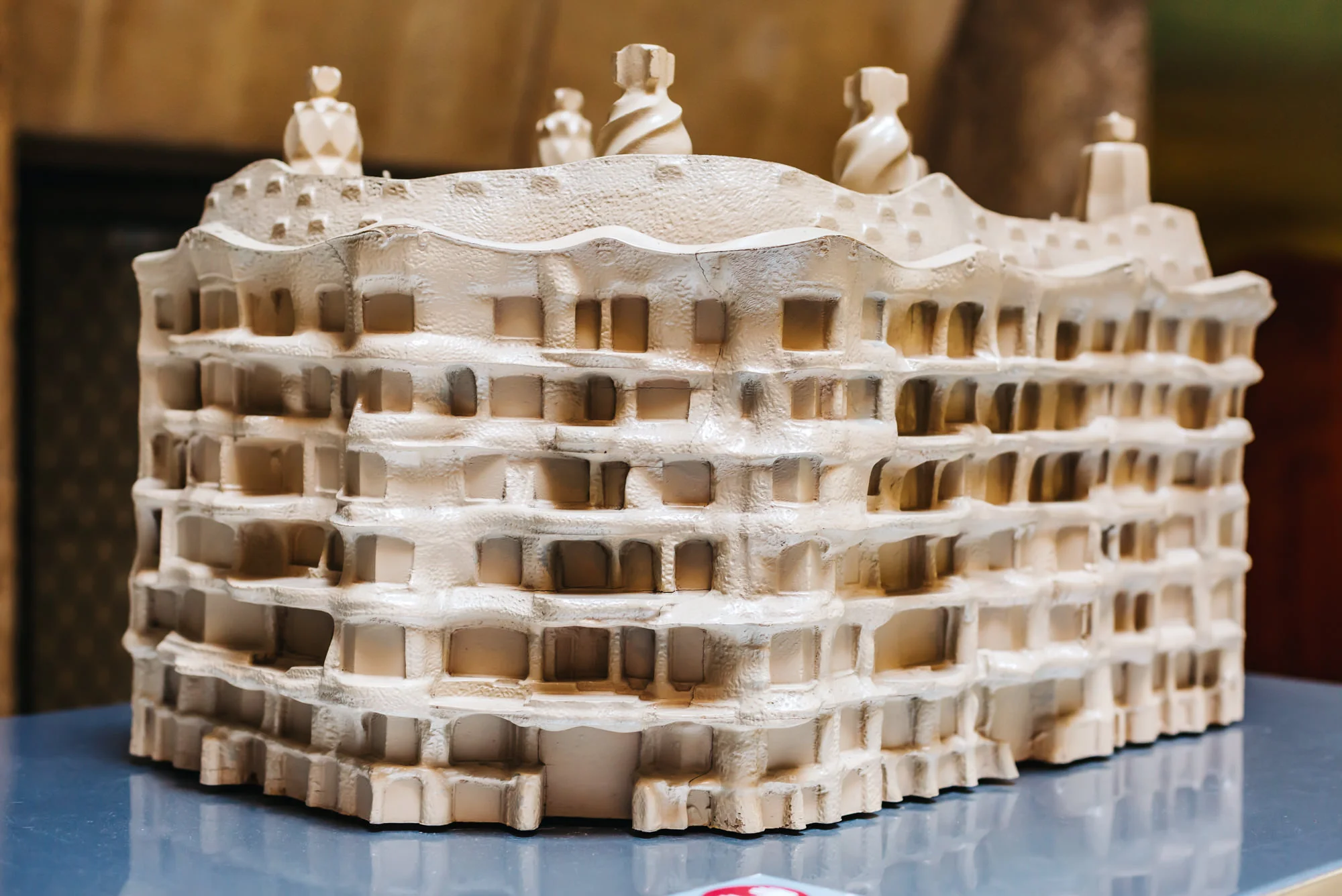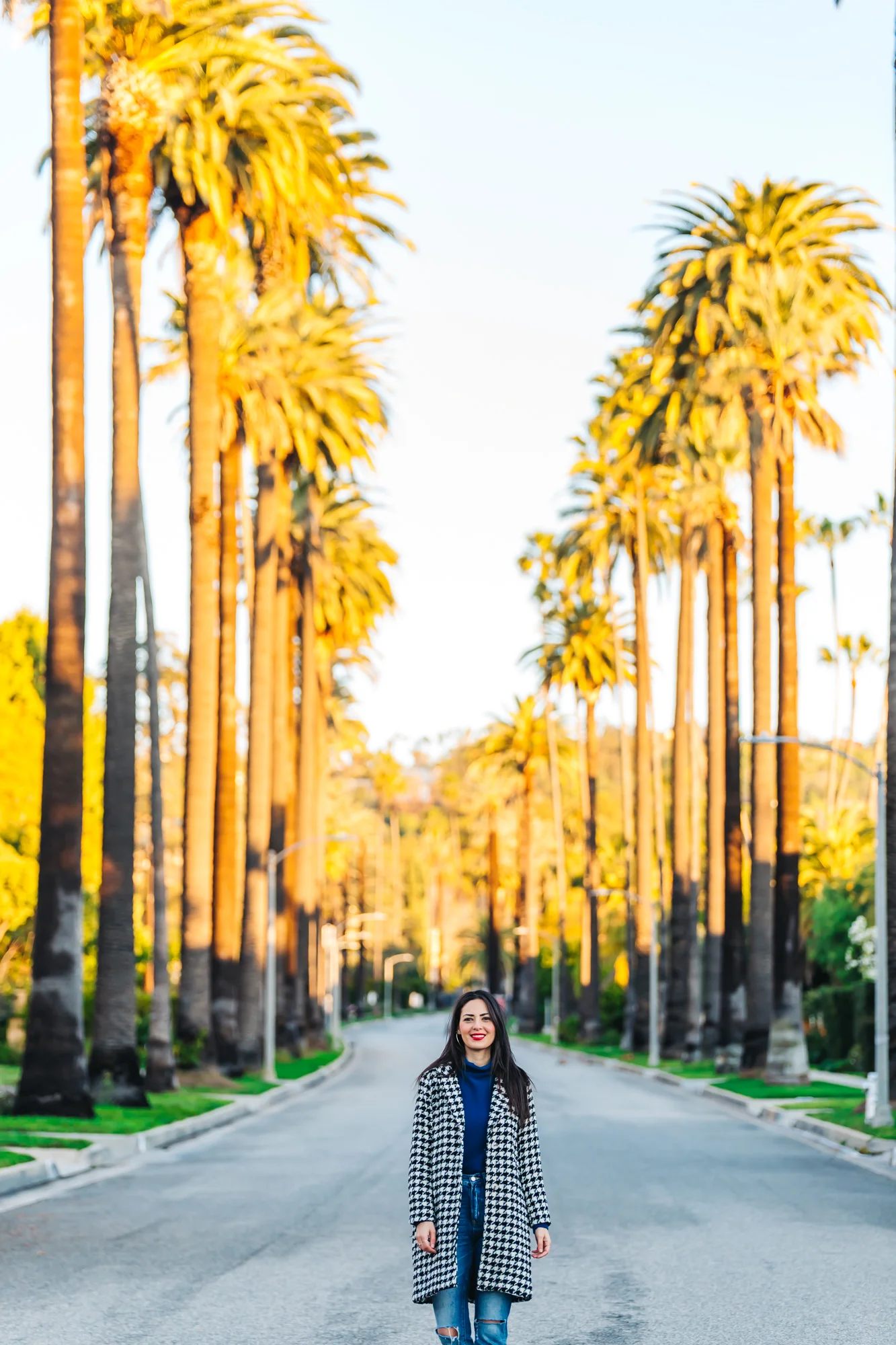Casa Mila a.k.a La Pedrera - Gaudi’s World Famous UNESCO World Heritage Building in Barcelona
/This post contains affiliate links, which means that at no additional cost to you if you click on one of the product links, we may earn a commission.
This was my first Antoni Gaudi building I visited and I was excited to learn all there was to know about one of the greatest architects of all time. All of Gaudi’s buildings are uniquely shaped, so you notice it right away when you approach it. Casa Mila had interesting curves sticking out like humps or waves and the balconies had interesting plant-like fences. This was a last-minute decision to visit for me, so I arrived at the museum pretty late at 6:30pm. It turned out to be the perfect time because it wasn’t too busy and I was able to quickly get in. The museum closes at 8:30pm (with last entrance at 8pm), so I had just enough time to explore.
I paid 25 Euros for my ticket (you can save 3 Euros if you buy in advance online) and was given an audio guide in English (they have several different languages). Their audio guide was pretty tech savvy and I didn’t have to push any buttons as it knew which location I was in by it’s motion sensors.
Casa Mila is often referred to as La Pedrera which means "the stone quarry". In 1906, Pere Milà and his wife, Roser Segimon, commissioned Gaudi to build their new property. The main floor, Casa Mila, was their home and the rest of the building was rented as apartments. Roser Segimon lived in the building until she passed away in 1964. In 1984, the building was declared a World Heritage Site by UNESCO and was restored and opened to the public in 1996.
Entrance of Casa Mila
I wasn’t sure what to expect since this was my first Gaudi site I was visiting but I was instantly amazed when I walked in to start my tour. The first thing I saw was a courtyard with natural light shining down on the floor and when I looked up, I gasped a little because I was in awe with what I was looking at. The building’s windows were all lined up in a circular form and there was an oval opening at the top that gave light into the area. It was truly spectacular. There was also a model of the building showcasing how the entire building looks.
Casa Mila model
I made my way to the elevator which took me to the rooftop and again, there were unique-looking sculptures all around. Everything had curves, waves, circles or some kind of organic shape. As I listened to the audio guide, I learned that Gaudi liked to replicate nature and some of these sculptures represented fire, earth and wind. They were described as the “guardians of the rooftop”. Some of the sculptures had also been finished with the trencadis technique which is a type of mosaic using broken tiles, stones, marble and glass.
Rooftop of Casa Mila
"Guardians of the rooftop"
Gaudi liked to replicate nature in his work
There was a jazz band playing at the time I went as they were rehearsing for an event they were having later in the evening. The views up top were gorgeous and it was nice listening to some groovy jazz while walking through Gaudi's giant sculptures.
Jazz band rehearsing for an event later in the evening being held at Casa Mila's rooftop
Overlooking Barcelona from the rooftop of Casa Mila
Gaudi's Earth sculpture
Next, I went downstairs to the Attic section and this was an amazing site as well. There were multiple large arches lined up that were built using 270 catenary arches made of thin brick. This section is dedicated to Gaudi's entire body of work and it is the only exhibition devoted to all of his work. There were more models of La Predada and examples of how Gaudi worked and came up with his creations. There were also models of his curvy chairs, Park Guell, Casa Batllo, La Sagrada Familia and more.
The Attic section of Casa Mila displaying all of Gaudi's work
Another model of Casa Mila in the Attic section
270 catenary arches made of thin brick
I made my way downstairs to The Pedrera Apartment and saw displays of how the rooms used to be decorated in the early 1900s. There was the children’s room, kitchen, bathroom and a few of other showrooms I walked through. These rooms showcased how a bourgeois family lived in Barcelona in the early 20th century. It also reveals Gaudi's interior layout designs such as the handles, knobs, mouldings, doors and flooring.
sewing and ironing room of Casa Mila
The kitchen area from the 1900s
After viewing the rooms, it was almost 8:30pm, so I made my way to the exit. Right before the exit, there is a gift shop you can stop by to purchase all things Gaudi. I’m so happy I made the last-minute decision to visit this unique house in Barcelona. And as I noted earlier, it was the perfect time to go as well because there weren’t very many visitors and all the tours had ended by that time.
CASA MILA - LA PEDRERA
ADDRESS: Passeig de Gràcia, 92, 08008 Barcelona
HOURS: 9:00am - 8:30pm (last entrance at 8:00pm)












































